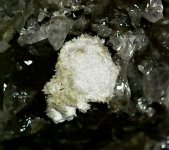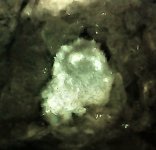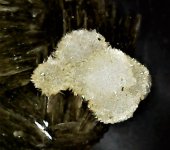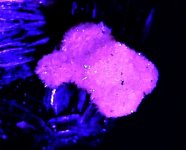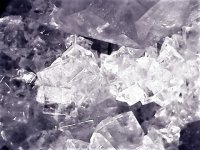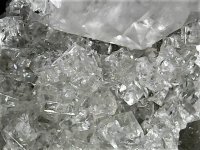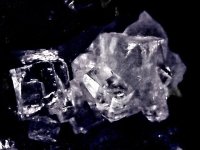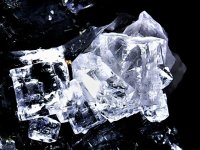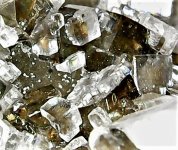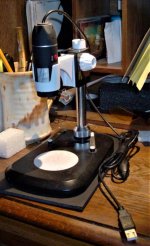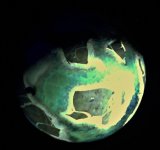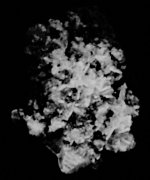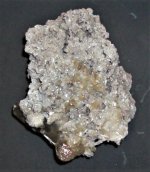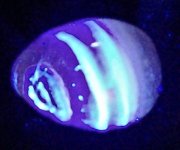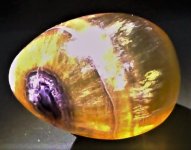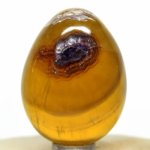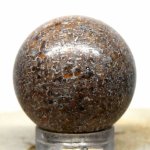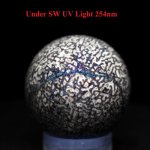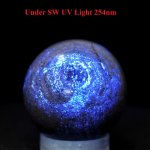This is not about a fluorescent mineral, but still neat nonetheless as it still has to do with stuff that glows under UV light - Europium Glow Powder
Let me explain how I got the Europium Glow Powder, it was due to being able to get it at less than 30% of the normal price !
An occasional casual side hobby I have is astronomy, so I get free email newsletters mentioning current or upcoming astronomy stuff to watch for, full or partial solar of lunar eclipses, what planets are visible in the night sky, any upcoming meteor showers, ect. What was super duper amazing was the total solar eclipse we were able to see right from our own front yard back in August of 2017 it was a really neat WOW experience !
Anyhow, a company associated with the newsletters sent an email saying if I do a survey they will give me a $10.00 off any purchase coupon good at their "My Science Shop" online store.
Well, being a budget minded person I figured I'd see what neat item I might get for free or close to free with using the $10.00 off coupon, but wanting to get something I could also make use of I settled on their Europium Glow Powder - Green which they listed for $14.00 (+ shipping) and the description said: "This amazing phosphorescent powder can glow 10x brighter and 10x longer than traditional glow-in-the-dark materials."
The small jar is about 2 inches high and 1 inch wide, now as neat as it is I likely would not have paid $14, but with the $10 off coupon making it only $4 I figured why not
It is a powder that can be mixed with a clear medium to make an intense glow in the dark paint. I already have some glow in the dark paint that is already fairly good, so I think I might take a small amount of that paint and make it even more intense by adding some of that glow powder and use it to paint the clock hands on a wall clock to make it really easy to see at night. (and any other places I want an extra intense glow to see at night, like light switches for example)
Anyhow, here is the jar in natural light and also in the dark after charging it using a UV flashlight.
View attachment 500902View attachment 500903
KT had looked at that powder on eBay and wondered about it! His Majesty appreciates your explanation of what can be done with it! Thanks, GKL!




